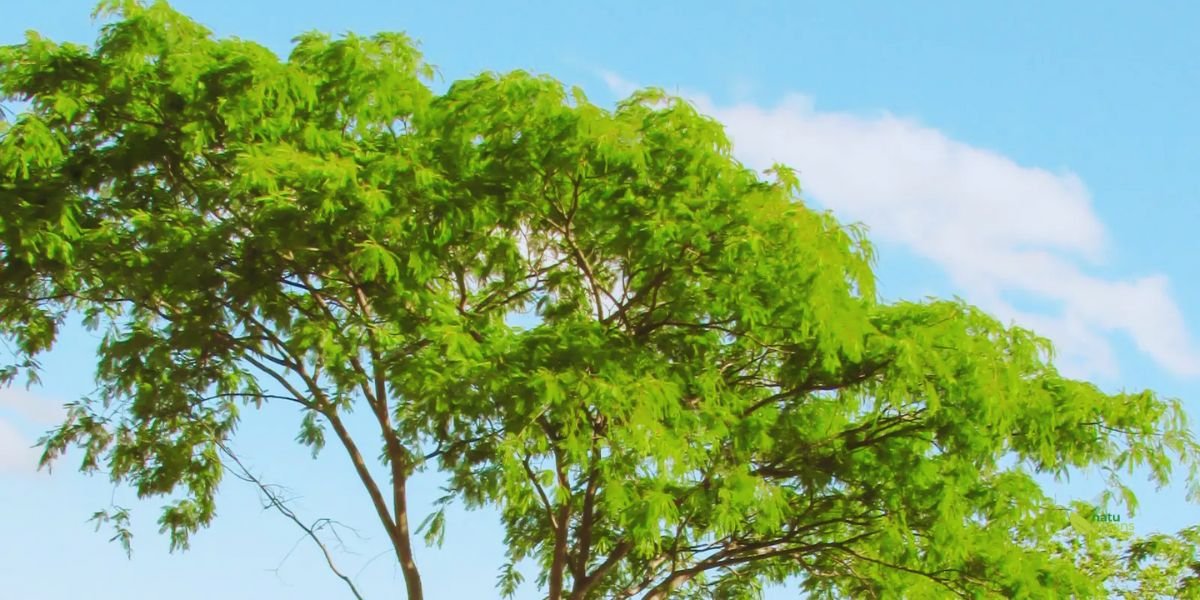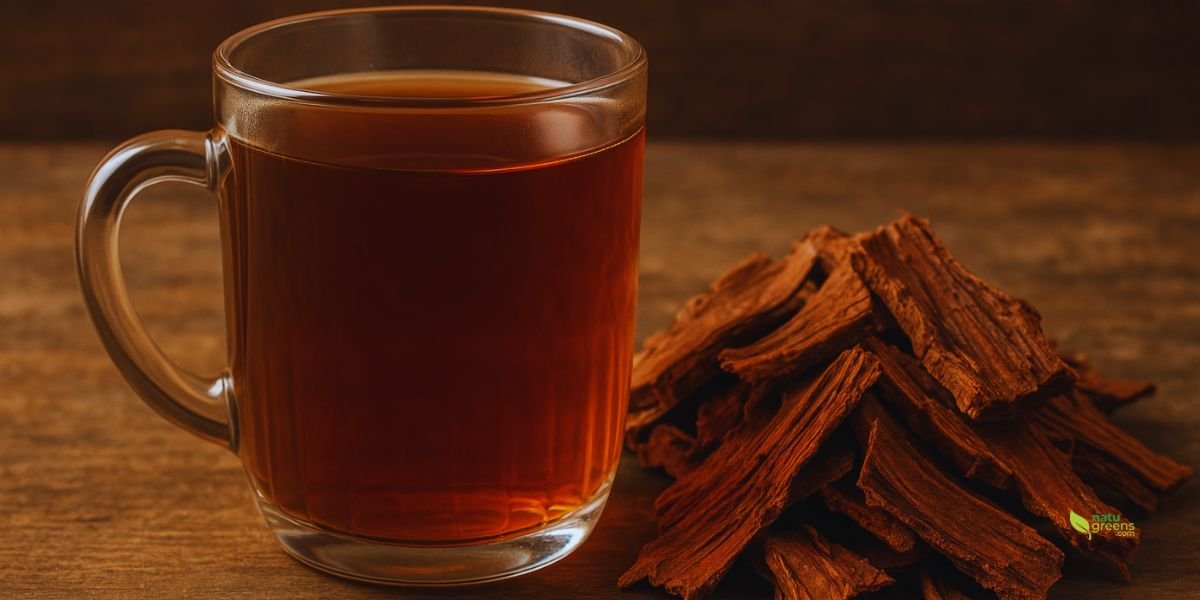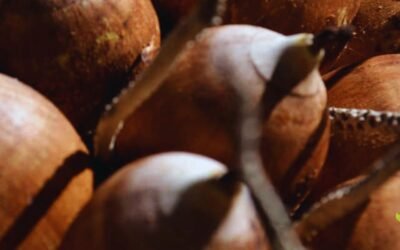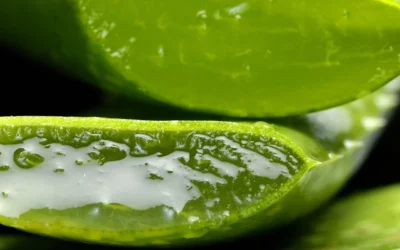Angico, Anadenanthera macrocarpa, is a tree native to various regions of South America. Known for its resistant wood and showy flowering, this plant also has a long history of use in traditional medicine. Its bark and seeds are the most commonly used parts. Various communities employ angico to treat a variety of health conditions. Knowledge about its properties is passed down through generations.
Popular Names of Angico
- Angico, angico-vermelho, angico-branco, angico-preto (Portuguese)
- Anchico, cebil, curupay (Spanish)
Medicinal Properties of Angico
The bark of angico contains bioactive compounds. These compounds give the plant its medicinal properties. Studies indicate the presence of tannins, alkaloids, and flavonoids. These substances may have therapeutic effects on the body. Scientific research seeks to validate traditional uses. Understanding the chemical composition is fundamental.
Astringent and Anti-inflammatory Action
One of the best-known properties of angico is its astringent action. This property is useful in treating wounds and inflammations. The tannins present in the bark contribute to this effect. They help to contract tissues. This can aid in healing. The anti-inflammatory action is also relevant.
Potential Antimicrobial Activity
Some research suggests that angico possesses antimicrobial activity. Extracts from the bark may inhibit the growth of certain microorganisms. This property can be important for combating infections. More studies are needed to confirm these effects. Application in herbal products is a possibility.
Traditional Benefits of Angico

Angico Tree (Anadenanthera macrocarpa)
Historically, angico has been used to treat respiratory problems. Coughs, bronchitis, and colds are among the indications. Tea made from the bark is a common form of use. It is believed to help relieve congestion. Its expectorant action may facilitate the elimination of mucus.
Use in Gastrointestinal Problems
Angico is also traditionally used to treat diarrhea. The astringent property of the bark can help reduce fluid loss. Some cultures use it to relieve stomach aches. However, caution is needed with internal use. Correct dosage is essential.
Topical Application
Externally, angico is applied to wounds and skin ulcers. A decoction of the bark can be used to wash lesions. Its astringent action and potential antimicrobial properties are beneficial in this case. Compresses with the tea are also common. Topical use appears to be safer.
Preparation and Properties of Angico Tea
Angico tea is generally made from dried bark. Decoction is the most common method of preparation. The bark is boiled in water for a few minutes. The ratio of bark to water varies. It is important to use bark from reliable sources. Hygiene in preparation is crucial.
How to Prepare the Tea
To prepare the tea, use about 10 to 20 grams of dried bark. Add the bark to one liter of water. Bring the mixture to a boil and simmer for approximately 10 to 15 minutes. After boiling, remove from heat and let it cool slightly. Strain before consuming to remove bark pieces.
Properties Attributed to the Tea
The tea is considered astringent and expectorant. Traditionally, it is consumed to relieve symptoms of flu and colds. It can also be used as a gargle for sore throats. Some people use it to aid digestion. Always consult a healthcare professional before use.
Important Considerations and Precautions
Despite traditional uses, angico requires caution. The safety of internal use is not fully established. Some compounds in the plant may be toxic in high doses. Self-medication with angico is not recommended. It is essential to seek medical guidance.
Interactions and Side Effects
There are not many studies on angico’s drug interactions. People with pre-existing health conditions should be careful. Pregnant or breastfeeding women should avoid use. Side effects such as gastric irritation may occur. The purity and origin of the bark are important.
Sustainability and Harvesting
Sustainable harvesting of angico bark is vital. Excessive extraction can harm tree populations. It is important to obtain materials from responsible sources. The preservation of plant species is a concern. Conscious use ensures future availability.
Scientific Research on Angico
Science has been investigating angico’s properties. Phytochemical studies identify active components. Pharmacological research evaluates its effects in laboratory models. Validation of traditional uses is an objective. Research may lead to the development of new medicines.
Phytochemical Studies
Phytochemical analyses of Anadenanthera macrocarpa bark reveal the presence of condensed tannins. Flavonoids like quercetin are also found. Alkaloids like bufotenine may be present in other parts. The concentration of compounds varies. Environmental factors influence composition.
Pharmacological Studies
Some studies explore angico’s antioxidant activity. Others investigate its effects on the immune system. Research on its wound-healing action continues. Animal models are frequently used in these studies. Initial results are promising.
Angico in Popular Culture
Besides its medicinal uses, angico has cultural importance. It is mentioned in legends and folk tales. Its beauty and grandeur are valued. The wood is used in civil construction and carpentry. The tree is part of the landscape in various Brazilian regions.
Ecological Importance
Angico plays an ecological role. Its flowers attract pollinators. Seeds serve as food for animals. The tree contributes to biodiversity. Its presence helps maintain ecosystem balance. Forest conservation is fundamental.



